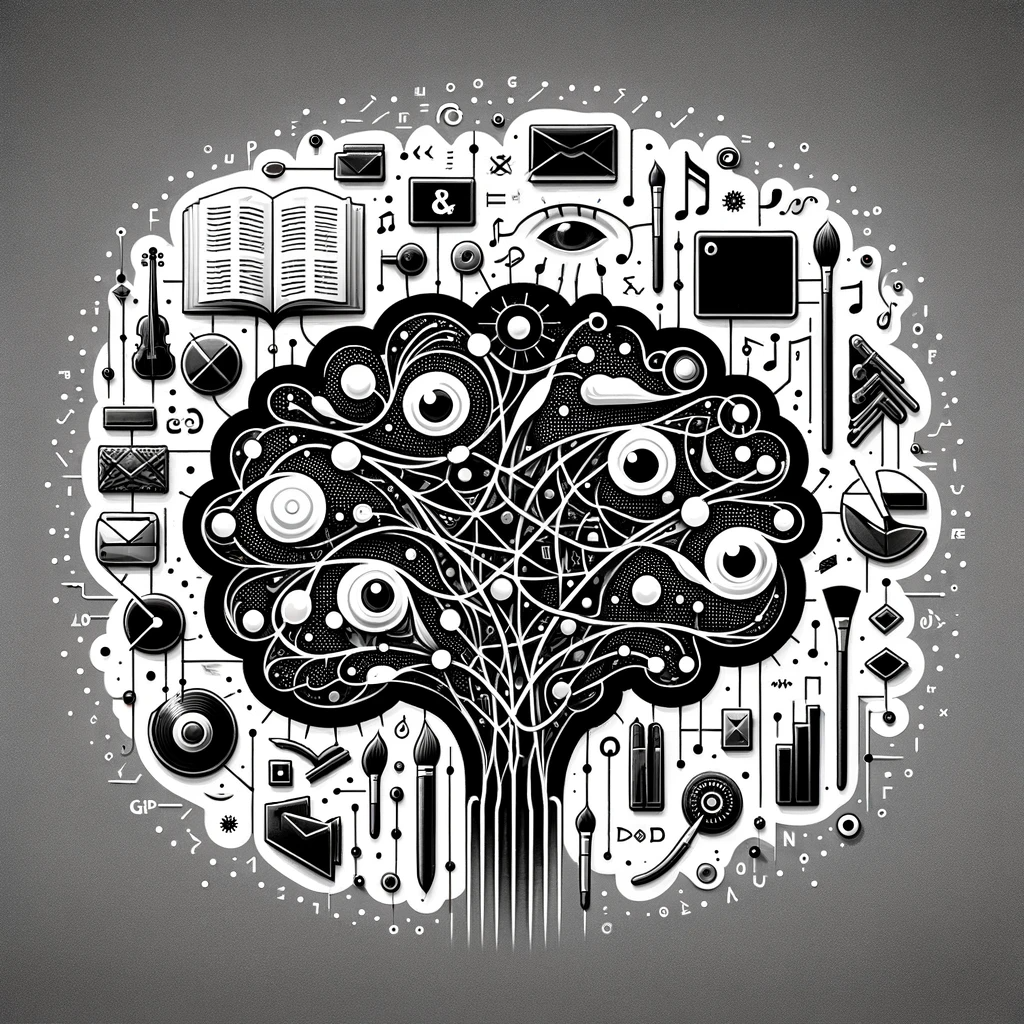GPT models stand at the forefront of artificial intelligence advancements. Known fully as “Generative Pre-trained Transformers,” these models excel in grasping context, generating text, and accurately answering questions.
Initial Training on Vast Data
GPT models begin their journey by training on extensive text data. This process equips them with knowledge of language patterns, grammar, and diverse information.
The Transformer Architecture
At their heart, GPTs leverage a neural network architecture known as “Transformers.” This framework shines in grasping sentence context. It examines how words in a sentence relate, enabling the generation of coherent and relevant responses.
Fine-Tuning for Specialized Tasks
Beyond general training, we can fine-tune GPT models for specific functions. These include translation, answering questions, or creative writing.
Interactive and Adaptable
The standout feature of GPTs lies in their interactive nature. They respond to follow-up queries, acknowledge errors, and handle various conversational challenges.
The Power of Attention Mechanisms
A key component in a GPT’s architecture is the attention mechanism. This feature assesses the significance of each word in a sentence. Unlike linear processing, the model examines all sentence parts together. This method is crucial for understanding context and crafting relevant responses. For instance, in “The bank can be slippery because of the ice,” the model discerns that “bank” refers to a river’s edge, not a financial institution, by considering the word “ice.”
In summary, GPT models mark a significant advancement in AI’s text processing and generation capabilities. They open new avenues in areas like customer service and content creation. Despite their advanced nature, these models aim to support and amplify human skills, not replace them.

Leave A Comment
You must be logged in to post a comment.